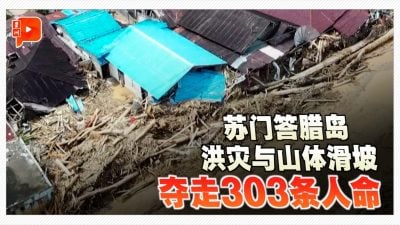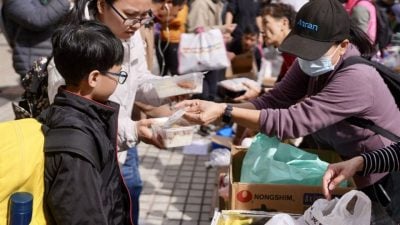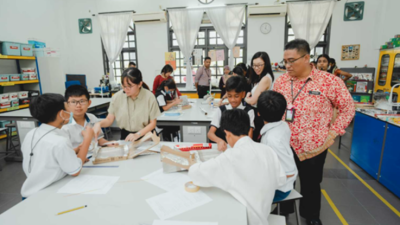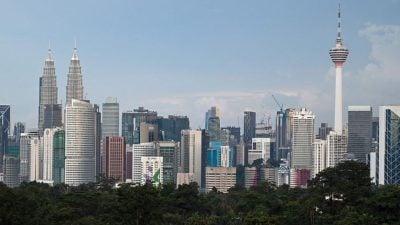Indonesia is set to become a battleground for the batteries used in electric vehicles (EVs) as a major Chinese company and its local partner gear up to build Indonesia’s first electric bus and lorry assembly facility.
The competition is between the longer-range nickel-based battery and the cheaper, iron-based battery.
Jakarta-based auto parts and equipment maker VKTR Teknologi Mobilitas, supported by China’s BYD Automobile, the world’s largest EV manufacturer and a main producer of the lithium iron phosphate (LFP) battery, is seeking to churn out 3,000 units of electric buses and lorries a year when the facility is ready in 2024.
In the past 13 months, 52 LFP-based BYD buses, imported by VKTR, have been shuttling residents across the capital city Jakarta.
Meanwhile, hundreds of EVs made by South Korea’s Hyundai, which relies on lithium nickel manganese cobalt (NMC) batteries, and China’s Wuling, which uses LFP batteries, have also been plying the streets of Indonesia’s cities. Both had earlier entered Southeast Asia’s largest economy.
The world’s largest EV battery producer, CATL, will later in 2023 build a plant in North Maluku to produce raw materials to help make NMC battery cells and packs.
Indonesia is the leader in global nickel reserves, with 24 per cent, followed by the Philippines, which has about 5 per cent, according to Bloomberg data.
Nickel-based batteries are the most common form currently found in EVs. Nissan, Mercedes-Benz and Tesla (high-end models) use NMC batteries, which promise a longer driving range.
LFP batteries have lower energy density – about two-thirds that of NMC ones. Hence, to achieve the same driving range, the physical size of LFP batteries would need to be one-third bigger, which is a concern in any vehicle as space is at a premium. But LFP batteries are about 40 per cent cheaper than NMC batteries.
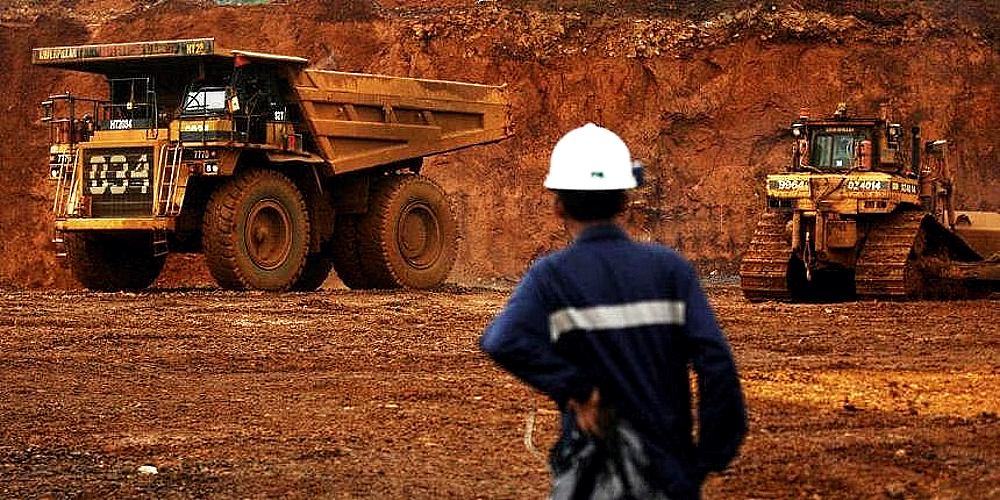
Despite Indonesia’s wealth of nickel, cost considerations may tilt the market towards the more affordable LFP option, according to energy technology researcher Putra Adhiguna from the Institute for Energy Economics and Financial Analysis.
If the aim is for a broader market, the LFP battery will likely be for domestic use, while the NMC will have a sizable capacity for export to affluent markets, Mr Putra told The Straits Times.
Relying on its rich natural resources relevant to the development of EVs, Indonesia has been promoting investment in the EV sector, dangling tax holidays for global manufacturers and price rebates for domestic EVs.
Mr Luhut Pandjaitan, a senior minister who helps to oversee foreign investment, said the government expects to see more than US$30 billion in investments in the EV battery supply chain to flow in by 2026.
Mr Rachmat Kaimuddin, a deputy minister tasked among others with handling negotiations with potential foreign EV investors, told a discussion on Wednesday evening that EV giants are currently looking at the Southeast Asia market to decide which country they would like to build a regional production base.
“They are asking if a country is building ample infrastructure for EVs, whether supportive industrial policies are there.
“Indonesia is always working hard to attract EV investment and is open to anyone who offers good business,” he said.
Mr Anindya Bakrie, head of the Indonesian Chamber of Commerce and Industry’s advisory board, said, “Beneath its surface, Indonesia has critical materials in abundance – nickel, zinc, copper and many others that are needed by the electric vehicle.”
Noting that the LFP battery has a longer life cycle than the NMC, VKTR chief executive Gilarsi Setijono pointed out that his company had in early 2022 sealed a 10-year contract to provide EV buses to the Jakarta municipal government, which aims to operate 10,200 EV buses by 2030. The first batch of 52 EV buses has been delivered.
Comparing the LFP electric bus with a bus using an internal combustion engine, he said, “The EV bus’ price tag is double the conventional bus’, but both would be on a par after seven years because of the absence of fuel consumption and usual maintenance of the EV bus.
“After seven years, the EV bus starts to give a cost advantage.”
Indonesia’s bus population today stands at 213,000. There are also 5.5 million lorries and 19.3 million passenger cars.
ADVERTISEMENT
ADVERTISEMENT








